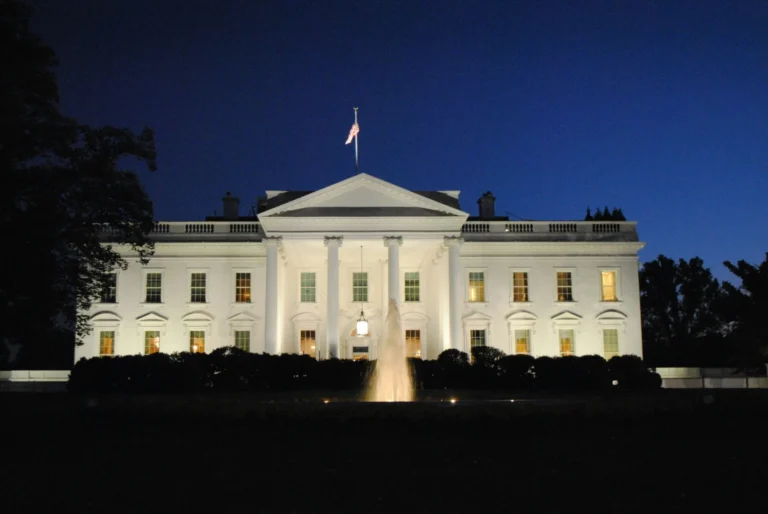The United States often transfers arms to such nations as Saudi Arabia, Kuwait and the United Arab Emirates (U.A.E.) U.S. Often Biggest Supplier In International Weapons TradeBy Cliff Montgomery – Nov. 14th, 2008America often leads all other countries “on conventional arms transfers to developing nations,” such as Saudi Arabia, Kuwait and the United Arab Emirates (U.A.E.), states a Congressional Research Service (CRS) study released on October 23rd. The report documented U.S. arms transfers from 2000-2007.We’ll leave it the reader to decide on the wisdom of supplying arms to such nations. You may read the entire CRS report here, or simply get the basic idea from some of the study’s main points, which The American Spark provides below:“This report is prepared annually to provide Congress with official, unclassified, quantitative data on conventional arms transfers to developing nations by the United States and foreign countries for the preceding eight calendar years for use in its policy oversight functions. All agreement and delivery data in this report for the United States are government-to-government Foreign Military Sales (FMS) transactions.”Similar data are provided on worldwide conventional arms transfers by all suppliers, but the principal focus is the level of arms transfers by major weapons suppliers to nations in the developing world.”Developing nations continue to be the primary focus of foreign arms sales activity by weapons suppliers. During the years 2000-2007, the value of arms transfer agreements with developing nations comprised 66.6% of all such agreements worldwide.”More recently, arms transfer agreements with developing nations constituted 67.7% of all such agreements globally from 2004-2007, and 70.5% of these agreements in 2007.”The value of all arms transfer agreements with developing nations in 2007 was nearly $42.3 billion. This was an increase from $38.1 billion in 2006. In 2007, the value of all arms deliveries to developing nations was $17.2 billion, the lowest total in these deliveries values for the entire 2000-2007 period (in constant 2007 dollars).”Recently, from 2004-2007, the United States and Russia have dominated the arms market in the developing world, with both nations either ranking first or second for 3 out of 4 years in the value of arms transfer agreements. From 2004-2007, Russia made nearly $39.3 billion, 27.9% of all such agreements, expressed in constant 2007 dollars.”During this same period, the United States made $34.7 billion in such agreements, 24.6% of all such agreements. Collectively, the United States and Russia made 52.5% of all arms transfer agreements with developing nations during this four-year period.”In 2007, the United States ranked first in arms transfer agreements with developing nations with $12.2 billion or 28.8% of these agreements. The United Kingdom was second with $9.8 billion or 23.2% of such agreements. Russia was third with $9.7 billion or 23%.”In 2007, the United States ranked first in the value of arms deliveries to developing nations at $7.6 billion, or 44.2% of all such deliveries. Russia ranked second at $4.6 billion or 26.7% of such deliveries.”In 2007, Saudi Arabia ranked first in the value of arms transfer agreements among all developing nations weapons purchasers, concluding $10.6 billion in such agreements. India ranked second with $5 billion in such agreements. Pakistan ranked third with $4.2 billion. […]”United States commercially licensed arms deliveries data are not included in this report. The United States is the only major arms supplier that has two distinct systems for the export of weapons: the government-to-government Foreign Military Sales (FMS) system, and the licensed commercial export system.”It should be noted that data maintained on U.S. commercial sales agreements and deliveries are incomplete, and are not collected or revised on an on-going basis, making them significantly less precise than those for the U.S. FMS program — which accounts for the overwhelming portion of U.S. conventional arms transfer agreements and deliveries involving weapons systems.”There are no official compilations of commercial agreement data comparable to that for the FMS program maintained on an annual basis.”Once an exporter receives from the State Department a commercial license authorization to sell — valid for four years — there is no current requirement that the exporter provide to the State Department, on a systematic and on-going basis, comprehensive details regarding any sales contract that results from the license authorization, including if any such contract is reduced in scope or canceled. Nor is the exporter required to report that no contract with the prospective buyer resulted.”Like what you’re reading so far? Then why not order a full year (52 issues) of thee-newsletter for only $15? A major article covering an story not being told in the Corporate Press will be delivered to your email every Monday morning for a full year, for less than 30 cents an issue. Order Now! Wait, why does an independent news source run advertisements? The Spark answers in its advertising policy. * Please check out our ads–they help keep this news site running. Thanks!

Military Planes Unsafe Thanks To Poor Oversight
GAO has found continued “concerns with the [Pentagon’s] ability to collect and share the information needed to identify and mitigate aviation safety risks,”




